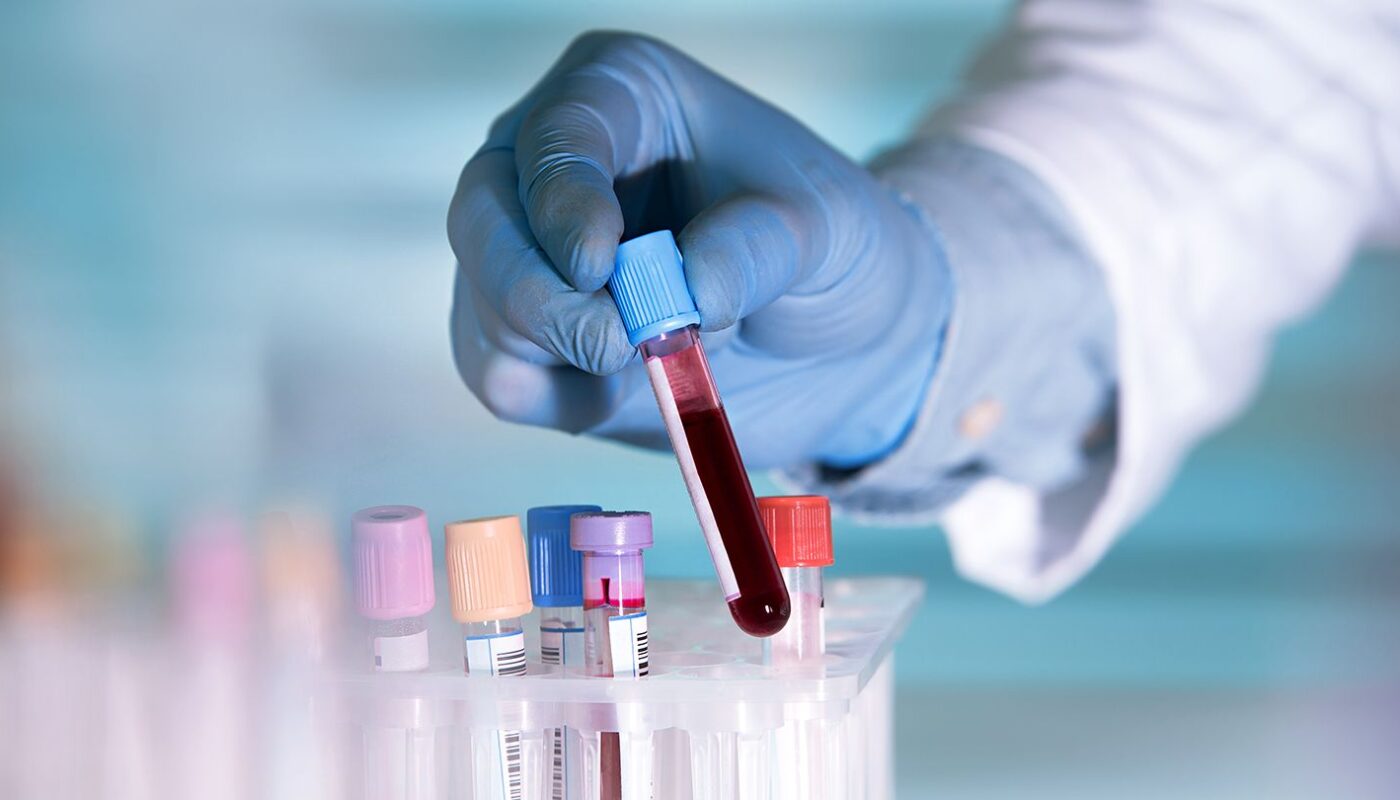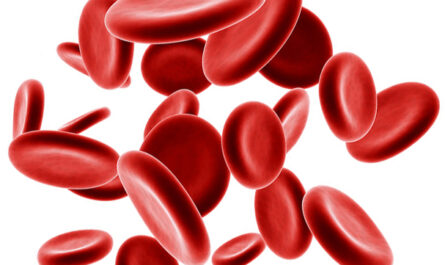What is a Liquid Biopsy?
A liquid biopsy refers to a non-invasive blood test that analyzes bits of DNA shed by tumors into the bloodstream. Circulating tumor DNA (ctDNA) and exosomes containing tumor RNA or proteins can provide invaluable cancer information without requiring a surgical tissue biopsy.
How Does it Work?
During tumor growth and metastasis, cancer cells naturally release DNA, RNA and proteins into the bloodstream. A Liquid Biopsy is able to capture and analyze these biomarkers from a simple blood draw. Specialized detection methods can identify genetic mutations and other characteristics that are unique to an individual’s cancer. By monitoring changes in ctDNA over time, doctors gain insights into how a tumor is responding to therapy or progressing.
Potential Applications in Cancer Management
Currently, tissue biopsies are the gold standard for cancer diagnosis, biomarker testing and genomic profiling. However, they come with risks, costs and limitations due to tumor heterogeneity. Liquid biopsies offer a safer, more convenient alternative with several potential applications:
Cancer Screening
A non-invasive blood test could revolutionize cancer screening programs by allowing for early detection of malignancies from a routine blood draw. This may find cancers at earlier, more treatable stages and reduce cancer mortality. Multi-cancer screening panels test for multiple tumor types from a single sample.
Cancer Monitoring
Serial liquid biopsies allow ongoing monitoring of ctDNA levels during and after treatment. This provides a “real-time” picture of whether a tumor is responding, developing resistance, or recurring sooner than imaging tests can detect. Early signs of progression enable timely intervention.
Treatment Guidance
Genomic profiling from liquid biopsies can identify targetable mutations and guide personalized therapy selections. Repeat biopsies track the emergence of new mutations associated with acquired resistance. This “liquid biopsy” surveillance informs subsequent treatment changes or enrollment in clinical trials of new combinations.
Recurrence Detection
Rising ctDNA levels may serve as an early “liquid biopsy-based” indicator of cancer recurrence years before structural imaging detects regrown tumors. Early detection of minimal residual disease improves outcomes and informs additional treatment options.
Limitations and Challenges
While promising, liquid biopsies also face limitations requiring ongoing research optimization:
– Sensitivity for early-stage cancers and rare mutations is improving but not perfect.
– Distinguishing tumor ctDNA from normal cfDNA in the blood remains challenging at very low mutation frequencies.
– Pre-analytic and analytic variables must be carefully controlled to maximize reliability and reproducibility.
– Standardized detection platforms and regulatory approvals are still needed for clinical adoption.
– Liquid biopsies may not provide the same anatomical and diagnostic information as tissue biopsies.
*Note:
1. Source: Coherent Market Insights, Public sources, Desk research
2. We have leveraged AI tools to mine information and compile it



